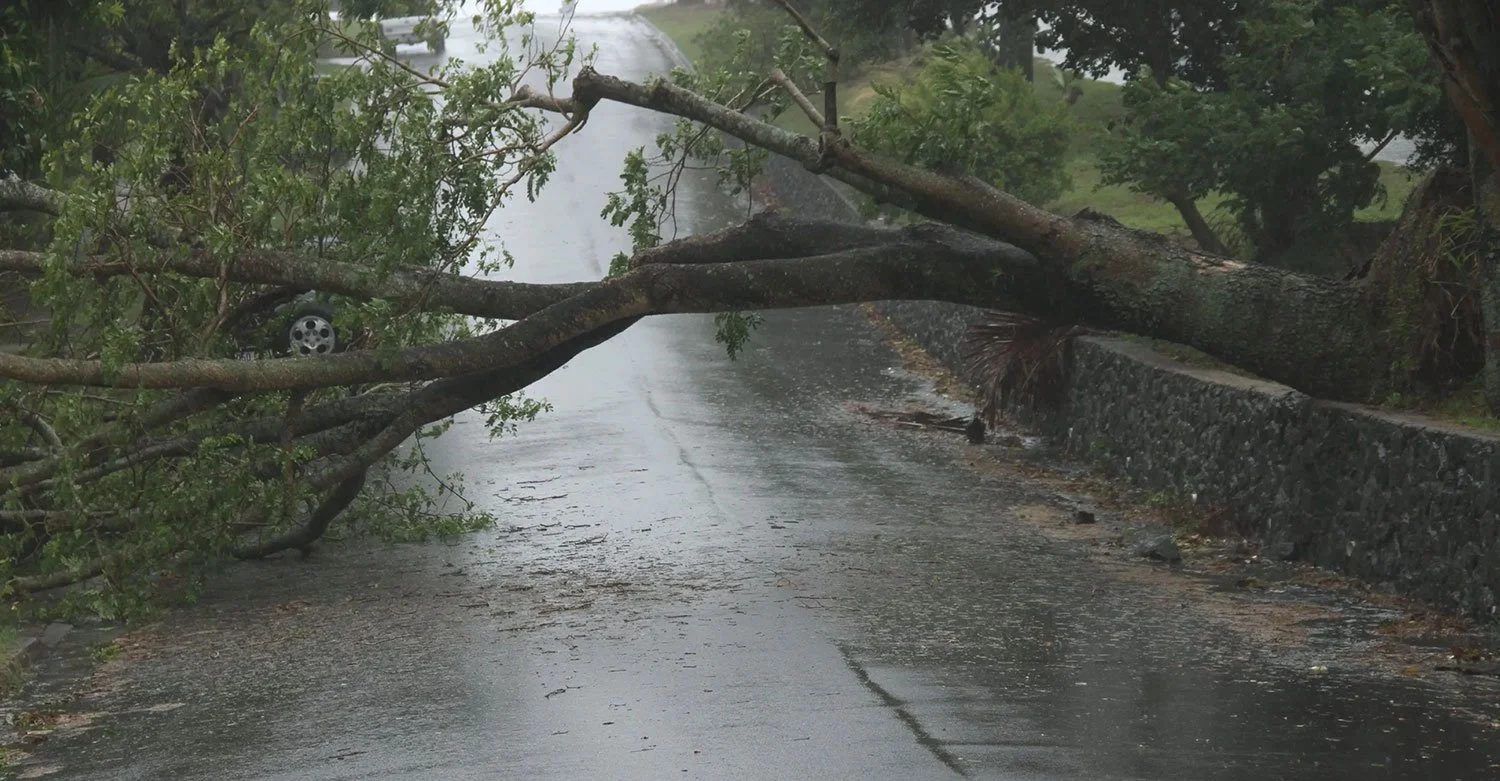Driving can be hazardous at any time, but the dangers can be magnified when high winds strike. Strong gusts can make maintaining vehicle control difficult, especially for high-profile commercial vehicles. Learn how to prepare for high winds and help protect your vehicles and employees using our motor carrier and driver safety tips below. For further assistance, please contact our Loss Control Department at 800-782-8902 x3805 or safety@lancerinsurance.com.
HIGH WINDS SAFETY TIPS FOR MOTOR CARRIERS
High winds can make driving dangerous for commercial vehicles. To minimize the risk of accidents, motor carriers operating during extreme wind conditions should take the following precautions:
Prepare Your Organization
Monitor the weather. Use reliable sources like local broadcast stations, NOAA Weather Radio and State Department of Transportation websites to stay updated on weather and road conditions. Pay close attention to high wind watches and warnings and heed all state and local advisories.
Download a printer-friendly version of our HIGH WINDS SAFETY TIPS FOR DRIVERS and distribute it to your team. By remaining cautious and following these essential guidelines, drivers can help minimize risks when traveling during extreme wind conditions.
Prepare Your Vehicles
Consider delaying or cancelling any trips that may not be able to be completed safely due to high wind conditions.
Establish a communication system that requires scheduled contact times with your drivers so they can be updated on conditions. Have a backup communication plan in place in case primary systems fail. Enforce your electronic device usage policy so drivers are not using cell phones while operating the vehicle.
HIGH WINDS SAFETY TIPS FOR DRIVERS
(Download a printer-friendly version of these tips.)
Commercial vehicles, because of their height and size, are more susceptible to the force of wind than other vehicles. Drivers can minimize the risks when driving in high winds by being extra vigilant and taking the following precautions:
Complete a thorough pre-trip vehicle inspection (49 CFR 396.13). If hauling freight, double check that all loads are secured properly as high winds increase the risk of the cargo becoming dislodged or shifting mid transit. Extreme wind may also cause tiedowns and/or tarps to loosen. Also keep in mind that when driving in high winds, an empty trailer is more dangerous than a loaded one.
Check the weather forecast as part of your trip-planning routine and periodically along your route. Pay close attention to wind speeds and keep in mind that altitude and other weather events (e.g., thunderstorms) can affect wind conditions. When high winds are likely, avoid the trip, if possible, and wait until the weather is more accommodating. If you do not have that option, plan a route with the least exposure to severe weather.
Watch for road signs warning of high winds. Also, be mindful of flags, windsocks, trees, tall grass, rising smoke, and other vehicles that can help indicate the wind's strength and direction.
Slow down in high winds. The faster you drive, the more a wind gust can push you off course.
Maintain an extra cushion of space around your vehicle. Wind can push vehicles out of their lanes; a larger buffer zone allows you more time to react to hazards and reduces the risk of a collision.
Be especially cautious on elevated roads and bridges, near open fields, and at gaps between trees and buildings. In these places, you are more likely to be exposed to crosswinds, which can make it harder to maintain control.
Keep both hands firmly on the wheel. This grip helps ensure a more stable response when wind gusts hit suddenly.
Keep a close eye on motorcyclists or bicyclists. High winds can cause these riders to lose control or swerve unexpectedly.
Look out for flying debris. Anything that becomes airborne can block your sight lines and cause injury or damage. High winds can also knock down power lines, so stay alert.
When winds are severe enough to make driving unsafe, pull off the road to a safe and legal area until dangers have subsided (49 CFR 392.14). Park away from trees, power lines, or other hazards that could fall onto your vehicle. If possible, park behind a large object, such as a building, or face head-on into the wind. Avoid parking broadside, as the large surface area of commercial vehicles makes them vulnerable to being pushed or tipped over by strong gusts.







